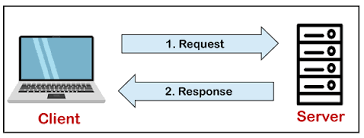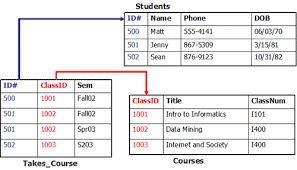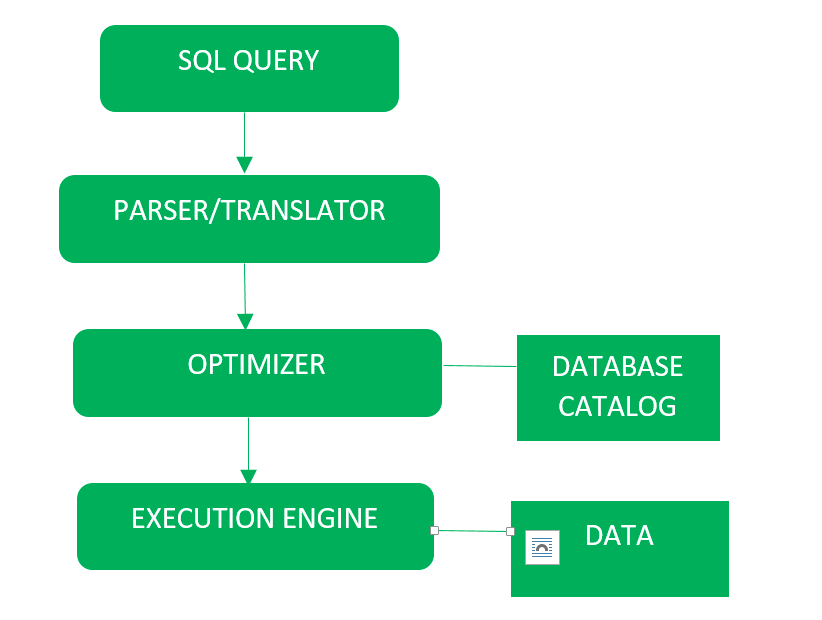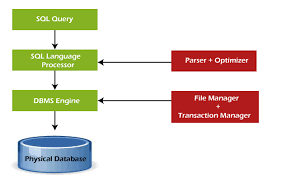Why MySQL so popular?
Reasons for popularity :
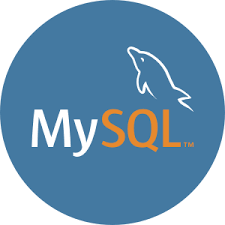
MySQL is becoming so popular because of these following reasons:
1. Scalability and Flexibility
The MySQL database server provides the ultimate in scalability, sporting the capacity to handle deeply embedded applications with a footprint of only 1MB to running massive data warehouses holding terabytes of information.
Platform flexibility is a stalwart feature of MySQL with all flavors of Linux, UNIX, and Windows being supported. And, of course, the open source nature of MySQL allows complete customization for those wanting to add unique requirements to the database server.
2. High Performance
A unique storage-engine architecture allows database professionals to configure the MySQL database server specifically for particular applications, with the end result being amazing performance results.
Whether the intended application is a high-speed transactional processing system or a high-volume web site that services a billion queries a day, MySQL can meet the most demanding performance expectations of any system.
With high-speed load utilities, distinctive memory caches, full text indexes, and other performance-enhancing mechanisms, MySQL offers all the right ammunition for today’s critical business systems.
3. High Availability
Rock-solid reliability and constant availability are hallmarks of MySQL, with customers relying on MySQL to guarantee around-the-clock uptime. MySQL offers a variety of high-availability options from high-speed master/slave replication configurations, to specialized Cluster servers offering instant failover, to third party vendors offering unique high-availability solutions for the MySQL database server.
4. Robust Transactional Support
MySQL offers one of the most powerful transactional database engines on the market. Features include complete ACID (atomic, consistent, isolated, durable) transaction support, unlimited row-level locking, distributed transaction capability, and multi-version transaction support where readers never block writers and vice-versa. Full data integrity is also assured through server-enforced referential integrity, specialized transaction isolation levels, and instant deadlock detection.
5. Web and Data Warehouse Strengths
MySQL is the de-facto standard for high-traffic web sites because of its high-performance query engine, tremendously fast data insert capability, and strong support for specialized web functions like fast full text searches. These same strengths also apply to data warehousing environments where MySQL scales up into the terabyte range for either single servers or scale-out architectures. Other features like main memory tables, B-tree and hash indexes, and compressed archive tables that reduce storage requirements by up to eighty-percent make MySQL a strong standout for both web and business intelligence applications.
6. Strong Data Protection
Because guarding the data assets of corporations is the number one job of database professionals, MySQL offers exceptional security features that ensure absolute data protection. In terms of database authentication, MySQL provides powerful mechanisms for ensuring only authorized users have entry to the database server, with the ability to block users down to the client machine level being possible. SSH and SSL support are also provided to ensure safe and secure connections.
A granular object privilege framework is present so that users only see the data they should, and powerful data encryption and decryption functions ensure that sensitive data is protected from unauthorized viewing. Finally, backup and recovery utilities provided through MySQL and third party software vendors allow for complete logical and physical backup as well as full and point-in-time recovery.
7. Comprehensive Application Development
One of the reasons MySQL is the world’s most popular open source database is that it provides comprehensive support for every application development need. Within the database, support can be found for stored procedures, triggers, functions, views, cursors, ANSI-standard SQL, and more. For embedded applications, plug-in libraries are available to embed MySQL database support into nearly any application.
MySQL also provides connectors and drivers (ODBC, JDBC, etc.) that allow all forms of applications to make use of MySQL as a preferred data management server. It doesn’t matter if it’s PHP, Perl, Java, Visual Basic, or .NET, MySQL offers application developers everything they need to be successful in building database-driven information systems.
8. Management Ease
MySQL offers exceptional quick-start capability with the average time from software download to installation completion being less than fifteen minutes. This rule holds true whether the platform is Microsoft Windows, Linux, Macintosh, or UNIX. Once installed, self-management features like automatic space expansion, auto-restart, and dynamic configuration changes take much of the burden off already overworked database administrators.
MySQL also provides a complete suite of graphical management and migration tools that allow a DBA to manage, troubleshoot, and control the operation of many MySQL servers from a single workstation. Many third party software vendor tools are also available for MySQL that handle tasks ranging from data design and ETL, to complete database administration, job management, and performance monitoring.
9. Open Source Freedom and 24 x 7 Support
Many corporations are hesitant to fully commit to open source software because they believe they can’t get the type of support or professional service safety nets they currently rely on with proprietary software to ensure the overall success of their key applications. The questions of indemnification come up often as well.
These worries can be put to rest with MySQL as complete around-the-clock support as well as indemnification is available through MySQL Enterprise. MySQL is not a typical open source project as all the software is owned and supported by Oracle, and because of this, a unique cost and support model are available that provides a unique combination of open source freedom and trusted software with support.
10. Lowest Total Cost of Ownership
By migrating current database-drive applications to MySQL, or using MySQL for new development projects, corporations are realizing cost savings that many times stretch into seven figures.
Accomplished through the use of the MySQL database server and scale-out architectures that utilize low-cost commodity hardware, corporations are finding that they can achieve amazing levels of scalability and performance, all at a cost that is far less than those offered by proprietary and scale-up software vendors.
In addition, the reliability and easy maintainability of MySQL means that database administrators don’t waste time troubleshooting performance or downtime issues, but instead can concentrate on making a positive impact on higher level tasks that involve the business side of data.
